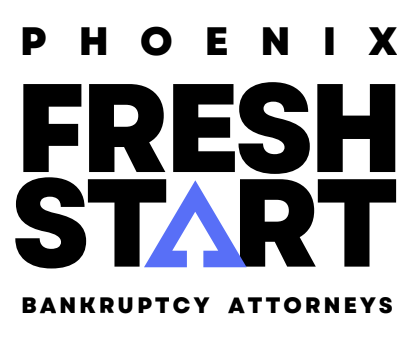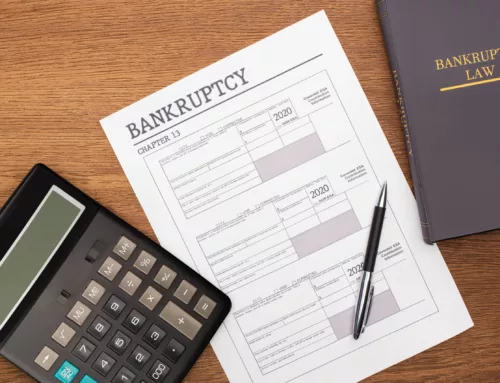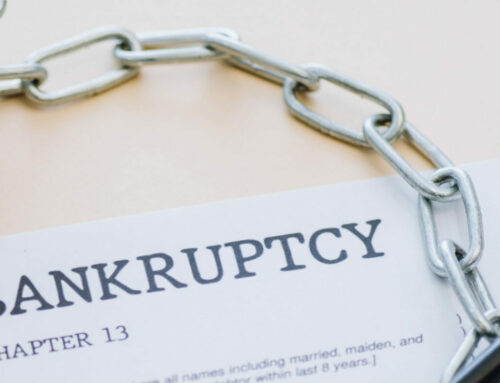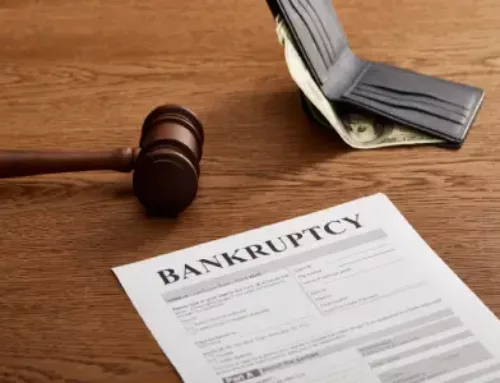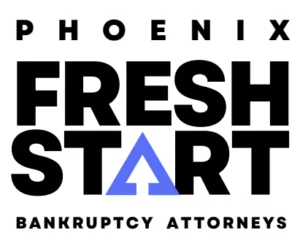How to List a Debt in Bankruptcy
The Bankruptcy Petition
A bankruptcy case gets started after you complete and file official bankruptcy forms with the United States Bankruptcy Court for the District of Arizona in Phoenix. The first section of these forms is called the petition. In the petition section, you disclose identifying data like your name, whether you are filing Chapter 7 or Chapter 13, your address and prior bankruptcy filings if you have filed previously in the last eight years.
You go on to provide much more detailed information about the extent of your real and personal property, your income and expenses. Perhaps most importantly, you disclose the identities and addresses of your creditors as well as accompanying descriptions of the nature and extent of the debts themselves. These claims will be described as either secured or unsecured and as either priority or non-priority.
Listing Claims on Bankruptcy Forms
All Secured claims are claims for which something has been given as collateral as security for the debt. These claims are all listed on Schedule D. The creditor has a lien against the subject property entitling it to recover their collateral through processes like repo and foreclosure. Examples of secured claims include but are not limited to mortgages, furniture loans, car, and title loans.
All unsecured claims are listed on Schedule E/F. Priority unsecured claims, such as back due child support and child support and most taxes are listed in Part 1. These debts are not dischargeable so if they are not paid off through the bankruptcy, they will survive. The non-priority unsecured debts, such as credit card, tax debt due over four years ago and meeting other criteria, medical, student loans, and the like are listed in Part 2. Most of these debts are simply discharged in bankruptcy.
Listing Debts on Bankruptcy Forms
There are no limits on the extent of your debts if you file Chapter 7 bankruptcy. There are, however, stringent limits in Chapter 13 which are reset from time to time. These amounts are not doubled for married joint filers.
The secured debt limit is now $1,184,200. this amount includes all debts secured by real estate and personal property such as cars, equipment and all manner of personal property. Debts counting towards this limit also includes tax liens recorded prior to the filing of your bankruptcy.
The unsecured debt limit of $394,725 includes the total of all amounts owed on credit cards, hospital bills, most taxes and other consumer debts, some taxes owed and even disputed debts in most cases. Beyond getting your debts on the right Schedules, you are also obligated to note on each debt whether it is disputed, contingent, unliquidated.
A debt is disputed when there is disagreement about the existence or amount of the debt. For example, if you think you owe Am Ex $6,000 for a credit card debt, and Capital One asserts that you owe $8,000. You would depict Am Ex as a creditor, list the full amount asserted by Capital One, but identify the debt as “Disputed.” Doing so ensures that the debt is included in the bankruptcy discharge. But it puts the trustee on notice that if there are any funds to be distributed, the creditor may not be entitled to a full distribution of any estate assets.
A contingent debt is a debt owed that hinges on an event that, at a minimum, hasn’t happened but may include events that may never happen. These debts are included when the contingency that creates the debt is likely and the amount of the debt can at least be estimated. Let’s say you co-sign for a furniture loan for your cousin. You may never be required to make a payment unless she defaults, but you may still want to eliminate that contingent potential liability in your bankruptcy. Moreover, unsecured contingent debt does not count towards your debt limit in Chapter 13
An unliquidated debt means that the exact amount of the debt cannot be established. For instance, let’s say you are sued for breach of contract but it is unclear how much you are ultimately going to owe. It is important to list an unliquidated debt even though the extent of the debt is unknown. Unliquidated debt does not count towards your debt limit in Chapter 13.
Call the Phoenix Fresh Start Bankruptcy Attorneys Today
Please set an appointment with Phoenix Fresh Start Bankruptcy Attorneys if you have any questions about how your debts should be listed on your bankruptcy schedules.
